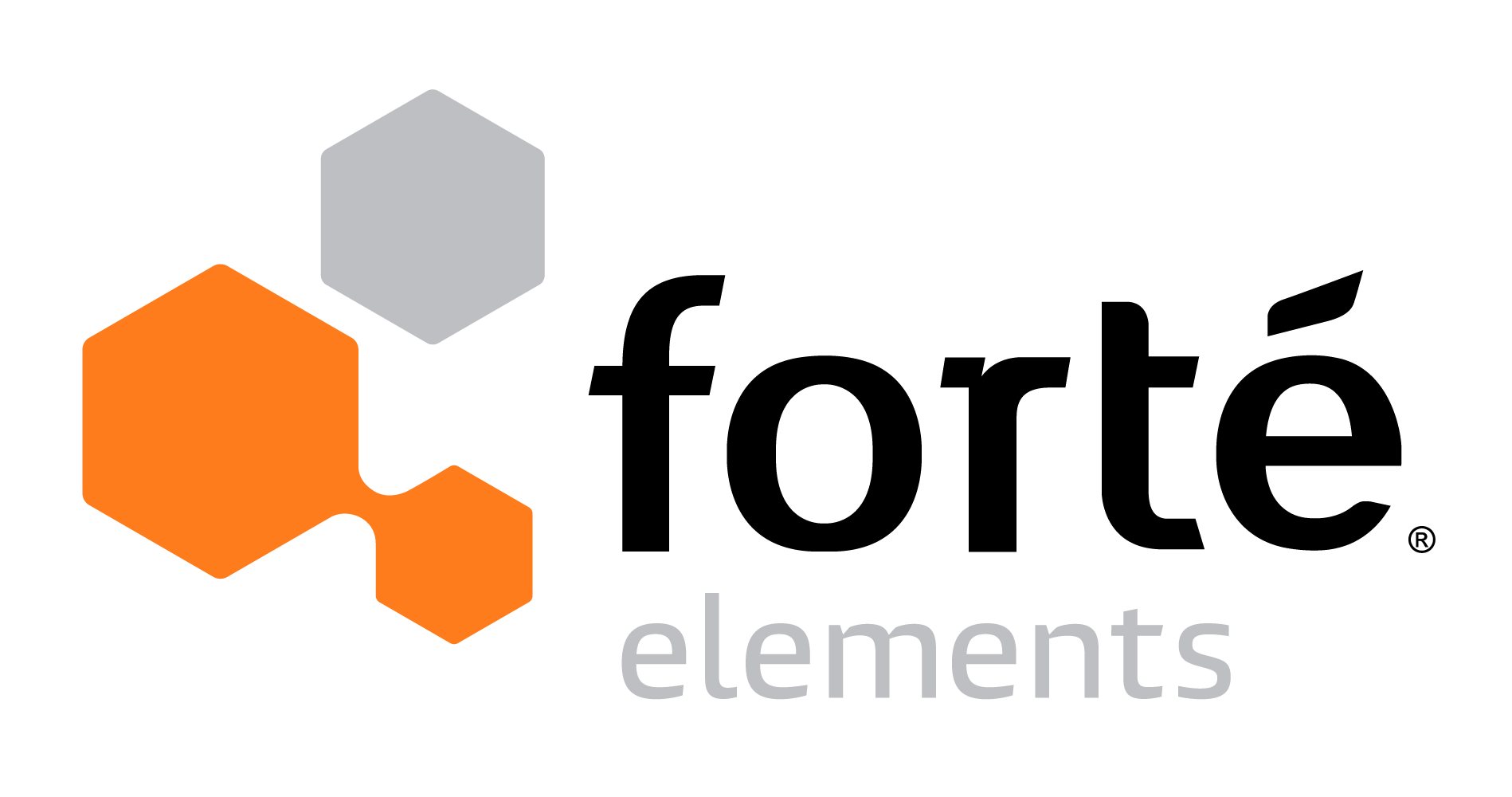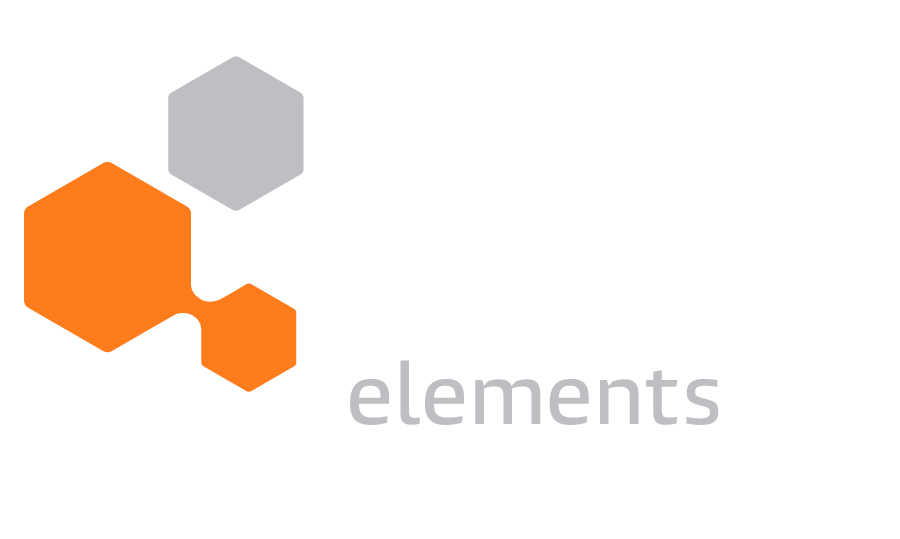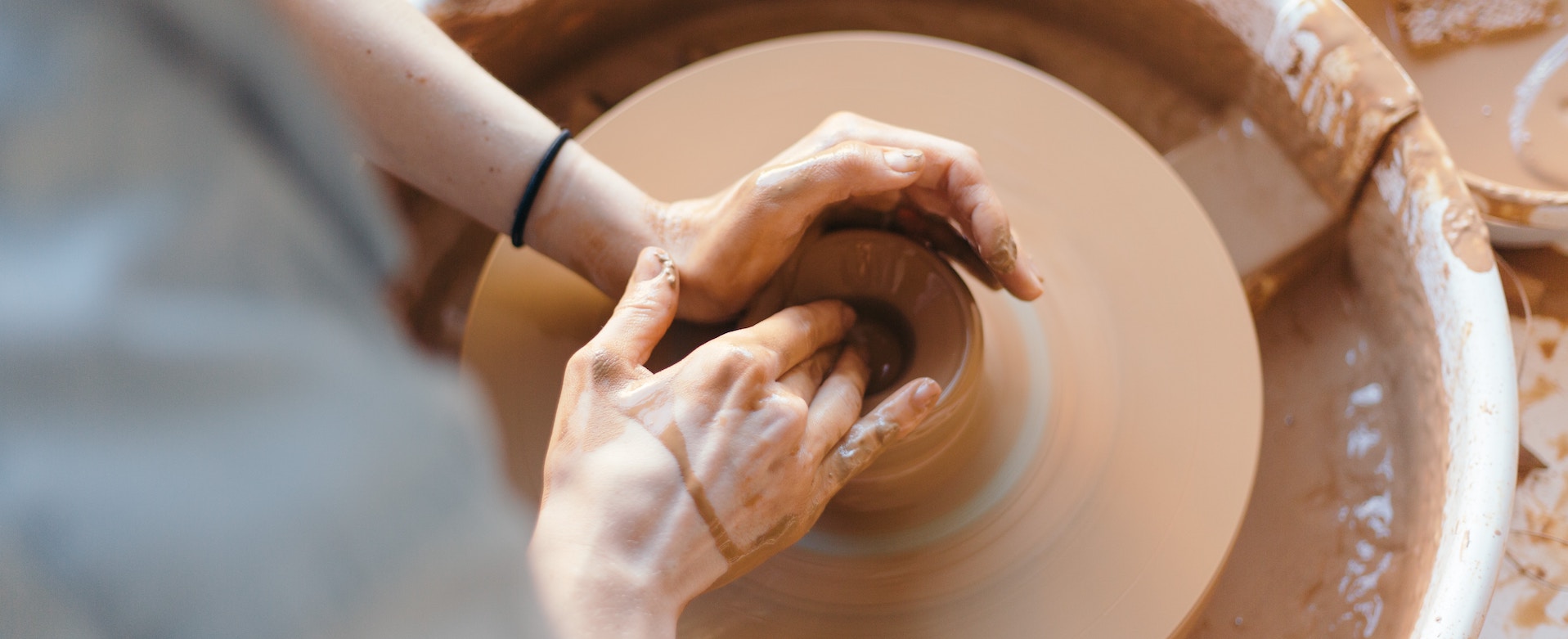Bone & Joint Health, Women's Health
Women and Aging: The Effects on Bone Health
Hormones. They seem to be to blame for a lot of problems. During menopause, your hormones change. These changes in hormones can cause hot flashes, mood changes, sleep difficulties, memory lapses, hair loss, and weight gain. However, one of the most concerning effects of hormonal changes is the change in bone density.
Why does menopause affect your bones?
As women age and begin menopause, their estrogen levels drop significantly. Estrogen is a hormone that is necessary for the proper development and functioning of the female cycle and reproductive system. It is produced in the ovaries and begins to drop as you enter menopause.
When estrogen levels drop, your bones feel it. And unfortunately, your bone density can continue to drop even after menopause. You can still lose up to 20% of your bone density five to seven years after you go through menopause.

As women continue to age, their risk for osteoporosis increases. As reported by the National Osteoporosis Foundation, women make up 80% of the 10 million Americans with osteoporosis. According to the Cleveland Clinic, osteoporosis is a disease that weakens the bones, increasing the risk of sudden and unexpected fractures. And once you experience a fracture, you double your risk of experiencing a fracture at that site again. Around age 35, your bones begin to break down more than they build up.
Early menopause typically begins around age 45. Once you have truly started menopause, the phase lasts around four years—with symptoms often lasting longer. That is a lot of years battling estrogen and bone mass loss!
Though going through menopause is unavoidable, you can reduce the amount of bone loss.
The role of diet and nutrition
No matter what kind of health condition you find yourself in, improvements to your diet and nutrition always have a positive effect. Of key importance is knowing which nutrients can help support your bones and prevent loss.
Vitamin D
Vitamin D is one of the cornerstones of optimal bone health. It is needed for the body to absorb calcium (another cornerstone of bone health) and phosphorus. Unfortunately, the average American adult only consumes half of the recommended amount of daily vitamin D. Vitamin D is trickier to get than other vitamins. However, spending just 15 minutes in the sun a few times a week can give you enough vitamin D. You can also get this vitamin from oily fish, eggs, and fortified foods.
Calcium
As said above, calcium is another key cornerstone to bone health. Bone is living tissue and is made up of calcium and collagen. Calcium keeps your bones strong. Unfortunately, the majority of women over 40 consume less than 600 mg/day. The daily recommended intake is 1200 mg. Low calcium intake is also linked to an increased risk of fracture. You can get calcium from many sources including:
- Leafy greens like kale and spinach
- Dairy products like milk, cheese, or yogurt
- Salmon
- Orange juice fortified with calcium

Magnesium
Magnesium is an up and coming nutrient in bone health. Yet, more than half the US population consumes does not get enough magnesium. Magnesium works with vitamin D to help our bodies absorb calcium. It also helps protect our bone structure. Magnesium has many other health benefits—it works as an anti-inflammatory, supports a healthy heart, and can reduce migraines. You can find magnesium in dark greens, fruit, nuts/seeds, legumes, and seafood.
Vitamin K
A vitamin K deficiency has been linked to increased fracture risk. It has been shown to improve bone strength and even decrease the risk of potential fractures. Here is an interesting correlation: people with higher levels of vitamin K in their blood also have higher bone density. You can get vitamin K in avocados, kiwi, kale, fish, and eggs.
Quit smoking/reduce alcohol
Smoking and heavy drinking are both linked to an increased risk of osteoporosis. According to the International Osteoporosis Foundation
- The longer you smoke and the more cigarettes you consume, the greater your risk of fracture in old age.
- Older women and men who smoke experience significant bone loss.
- Smokers who fracture tend to take longer to heal than nonsmokers and they may experience more complications during the healing process.
- Exposure to secondhand smoke during youth and early adulthood may increase the risk of developing low bone mass.
- Compared with nonsmokers, women who smoke may produce less estrogen and tend to experience menopause earlier, which may lead to increased bone loss.
Alcohol can have similar negative effects on bone health. Alcohol inhibits the use of calcium and vitamin D which can lead to an increased risk of osteoporosis. For women, alcohol can reduce levels of estrogen (increasing the loss during menopause) and increasing your bone loss.
Exercise
Regular exercise is also a great way to reduce bone loss and improve overall health. Weight-bearing exercises help strengthen your bones and muscles. These exercises can include walking, hiking, tennis, and dancing. Participating in these exercises is also a great way to burn calories!
Resistance exercise can help as well—weight lifting and weight machines, push-ups, sit-ups, squats. These exercises strengthen your bones and help build muscles and definition.
Shop Forté Elements Women 40+ Bone Supplement


